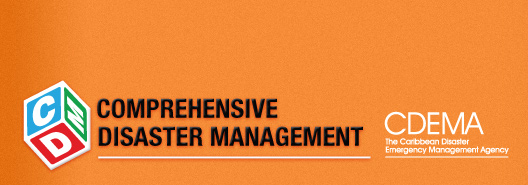|
The agriculture industry is incredibly vulnerable to disaster for obvious reasons. More than any other industry, agriculture depends on the environment. Even the smallest change could damage crops or kill livestock which in turn could affect the country’s productivity and the health of citizens.
When crops or livestock are damaged they take time to be replenished. This causes a virtual standstill in the industry which causes a loss of income, food shortages and damage to the country’s economy.
Those in the agriculture industry must be prepared for hazards, which are too destructive to be taken lightly.
History
- Hurricane Katrina in 2005 caused damage of US$1 billion to the agriculture, fisheries and forestry sectors in Louisiana.
- In 2010, a drought in Guyana threatened to cause over 3 billion Guyanese dollars in damage because of harm to the rice and cattle industry. It cost the ministry approximately GUY$3.2 million (US$15,709) per day to operate pumps to reduce the effects of the drought.
Preparing for Disaster
In order to prepare the agricultural sector for disaster, you need to consider the safety of both livestock and crops. Animals may need to be transported to a safe location before a disaster and special mitigation practices should be created in order to protect crops.
Disaster preparedness is important for all animals, but it is particularly important for livestock because of the number of animals and their size as well as the requirements needed to shelter and transport them. For these reasons, it is important that a disaster plan for livestock must include an evacuation plan that needs to be practiced. Here are some steps you can take when preparing your property and animals for a disaster:
- Create a list of emergency telephone numbers, including those of your employees, neighbors, veterinarian, local animal shelter, animal and the numbers of anyone who may be able to help you. Make sure all this information is written down and that everyone who is involved has a copy.
- Make sure each animal has visible identification.
- Ensure that poultry have access to high areas where they can perch, if they are in a flood-prone area.
- Make sure that all animals have enough food and clean water.
- Reinforce your house, barn, and outbuildings with hurricane straps and other measures.
- Perform regular safety checks on all utilities, buildings, and facilities on your farm.
- Remove all barbed wire, and you may need to remove fencing in case animals have to leave the area to get to higher ground.
- Install a hand pump and obtain enough large containers to water your animals for at least a week.
- Identify alternate water and power sources. A generator with a safely stored supply of fuel may be essential, especially if you have electrical equipment necessary to the well-being of your animals.
- Secure or remove anything that could become a projectile; secure trailers, propane tanks, and other large objects. If you have boats, feed troughs, or other large containers, fill them with water before any high-wind event.
- If you use heat lamps or other electrical machinery, make sure the wiring is safe and that any heat source is clear of flammable debris.
- Label hazardous materials and place them all in the same safe area.
- Provide local fire and rescue and emergency management authorities with information about the location of any hazardous materials on your property.
- Remove old buried trash – a potential source of hazardous materials during flooding that may leech into crops, feed supplies, water sources, and pasture.
- Review and update your disaster plan, supplies, and information regularly.
Another problem after disasters would be disease. All animals should be immunized and any sick crops or animals should be segregated before the disease can spread.
back to top
|












